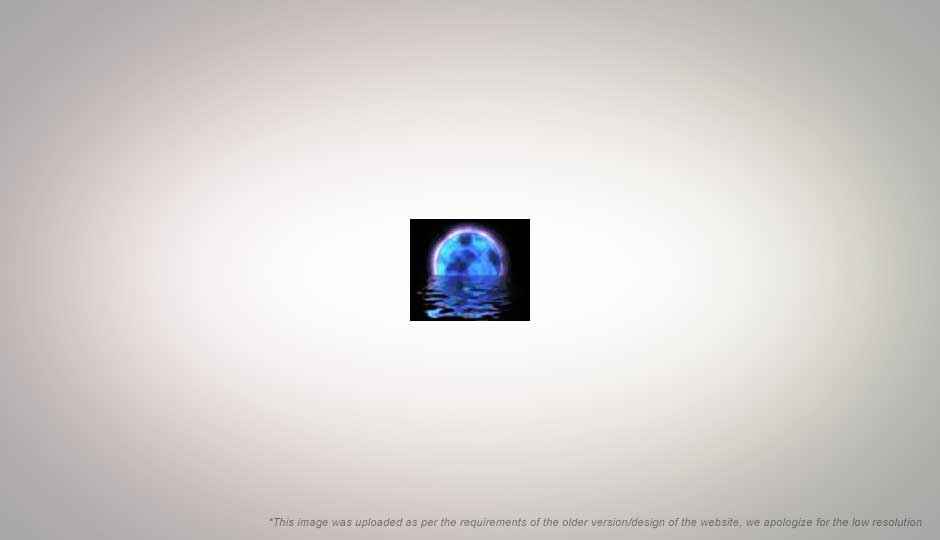Chandrayaan finds water on the moon; lunar colonies on the horizon?
By
Mihir Patkar |
Updated on 24-Sep-2009

It seems like the first few lines of a campy science-fiction film: Upon finding traces of water on the moon, mankind set up habitable lunar colonies within a few decades. This scenario, though, is actually being discussed right now by some of the top scientists in the world right now, after Chandrayaan-I – India’s maiden lunar probe – reportedly found large quantities of water on the surface of Earth’s only natural satellite.
Data from Chandrayaan-I also suggests that water is still being formed on the Moon. Scientists said the breakthrough – to be announced by NASA soon – would change the face of lunar exploration, reports Times Online.
“Water is very important, ultimately in the long run if the human kind has to go and habitate the moon, one of the important requirements is that you should have adequate water for survival,” Dr Kasturirangan, former Chairman of ISRO, told IBNLive.
Finding water was one of the primary objectives of the Indian Space Research Organisation’s (ISRO) mission, for which NASA had equipped its Moon Mineralogy Mapper (M3) on board the probe. The M3 searched for water by picking up the electromagnetic radiation emitted by minerals, detecting wavelengths of light reflected off the surface that indicated the chemical bond between hydrogen and oxygen — the telltale sign of either water or hydroxyl. It also made the unexpected discovery that water may still be forming on the surface of the Moon.
Space.com explains that because M3 can only penetrate the top few millimeters of lunar regolith, the newly observed water seems to be at or near the lunar surface. M3’s observations also showed that the water signal got stronger toward the polar regions.
Planetary geologist Carle Pieters, the lead investigator for the M3 instrument on Chandrayaan-1 and the author of one of the studies published in the journal Science today, had this to say: “If the water molecules are as mobile as we think they are – even a fraction of them – they provide a mechanism for getting water to those permanently shadowed craters. This opens a whole new avenue [of lunar research], but we have to understand the physics of it to utilise it.”
“In case water is there, it supports life forms. In addition, (it) can be dissociated using solar energy and can become rocket fuel to travel from moon to other planets. So there is plenty of opportunity if we can find water on the surface of moon,” said ISRO Chairman G Madhavan Nair.
